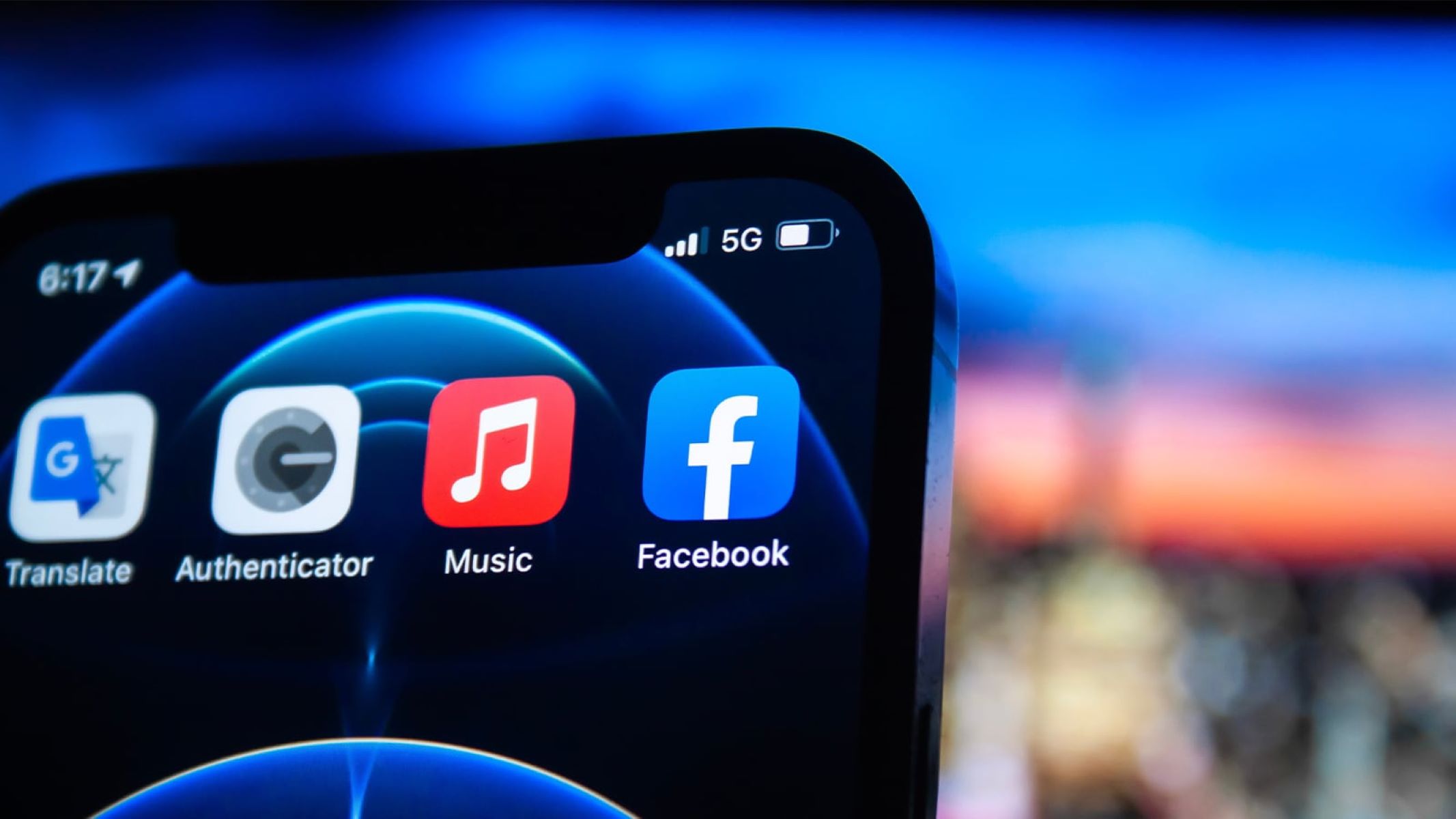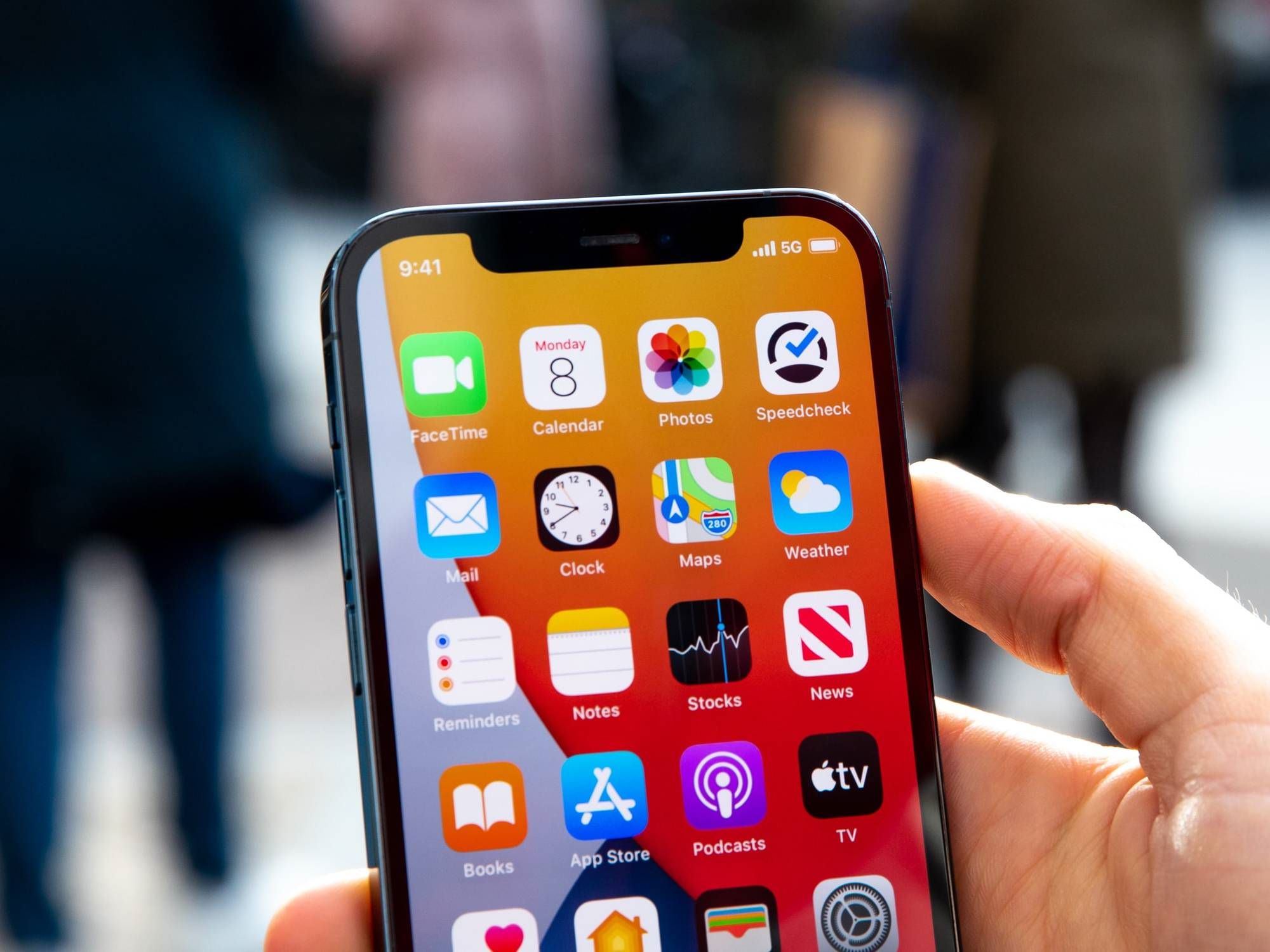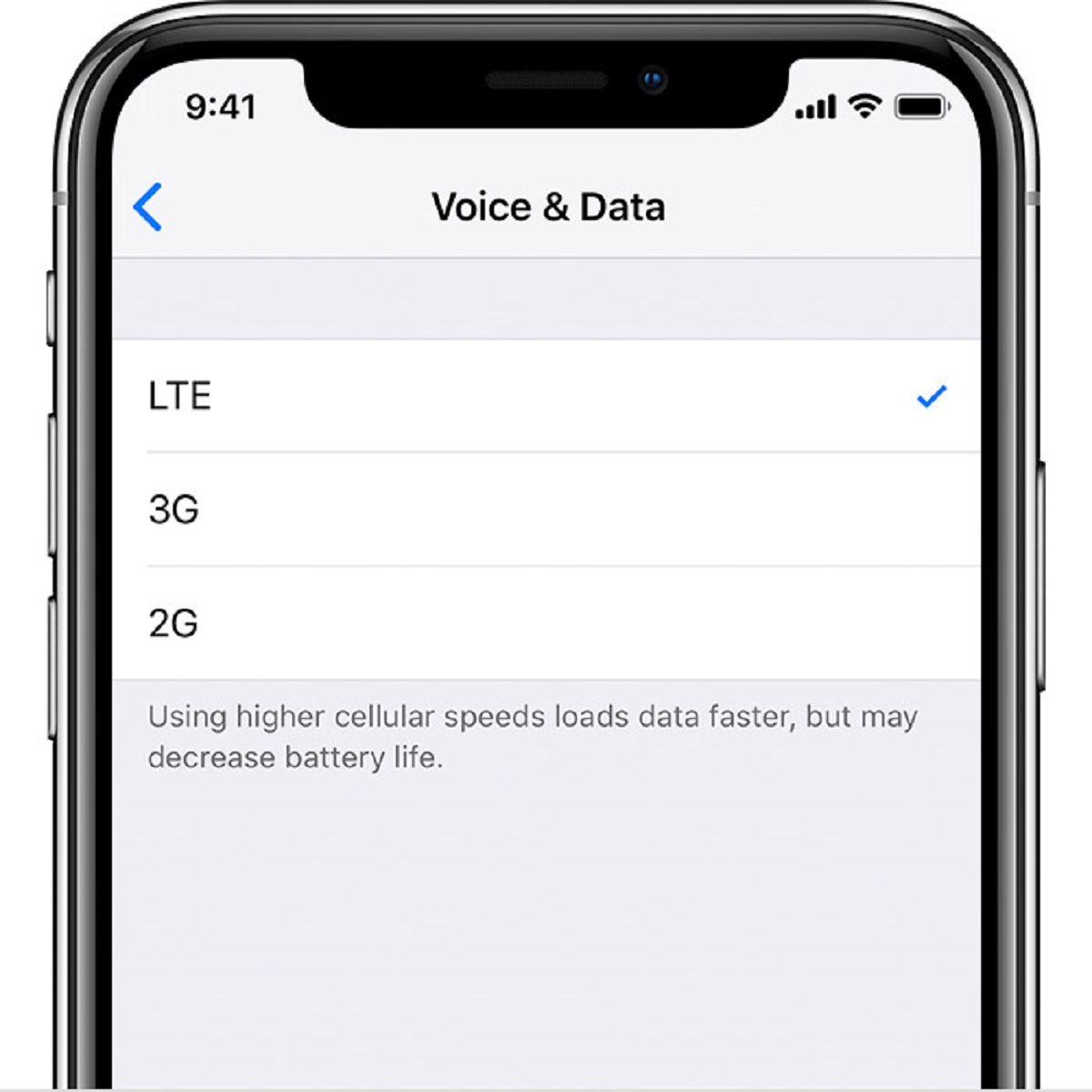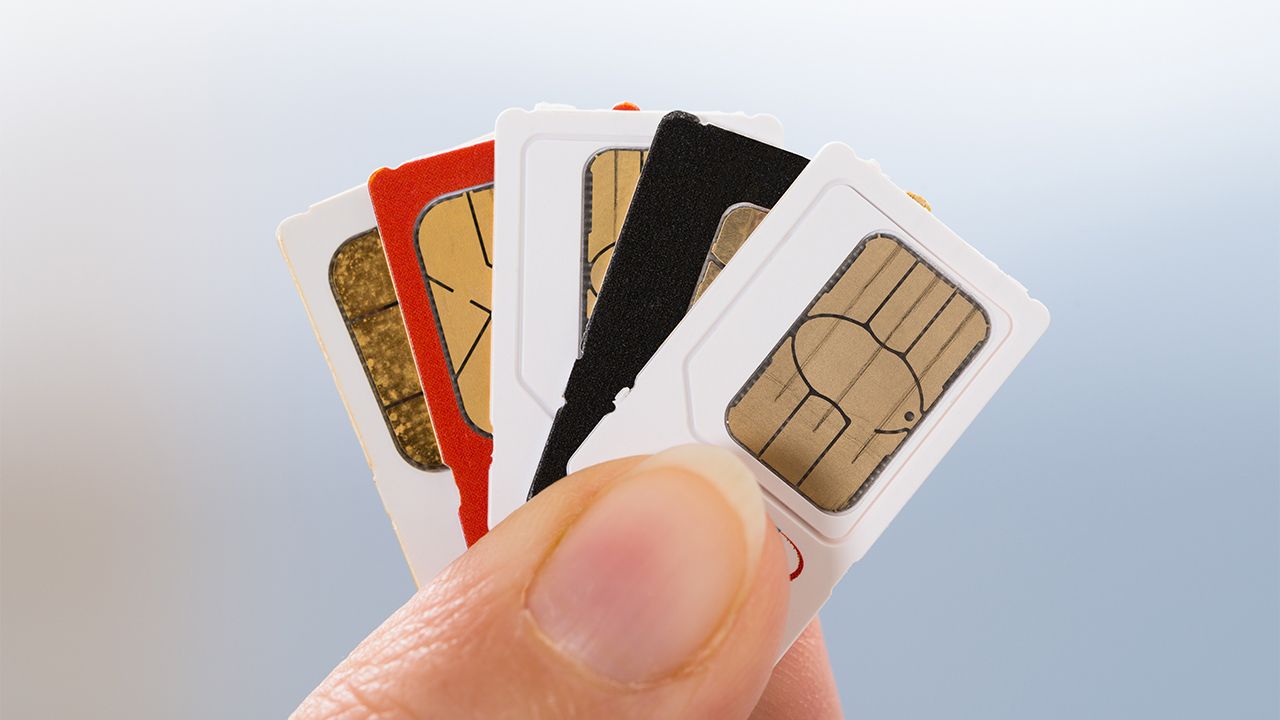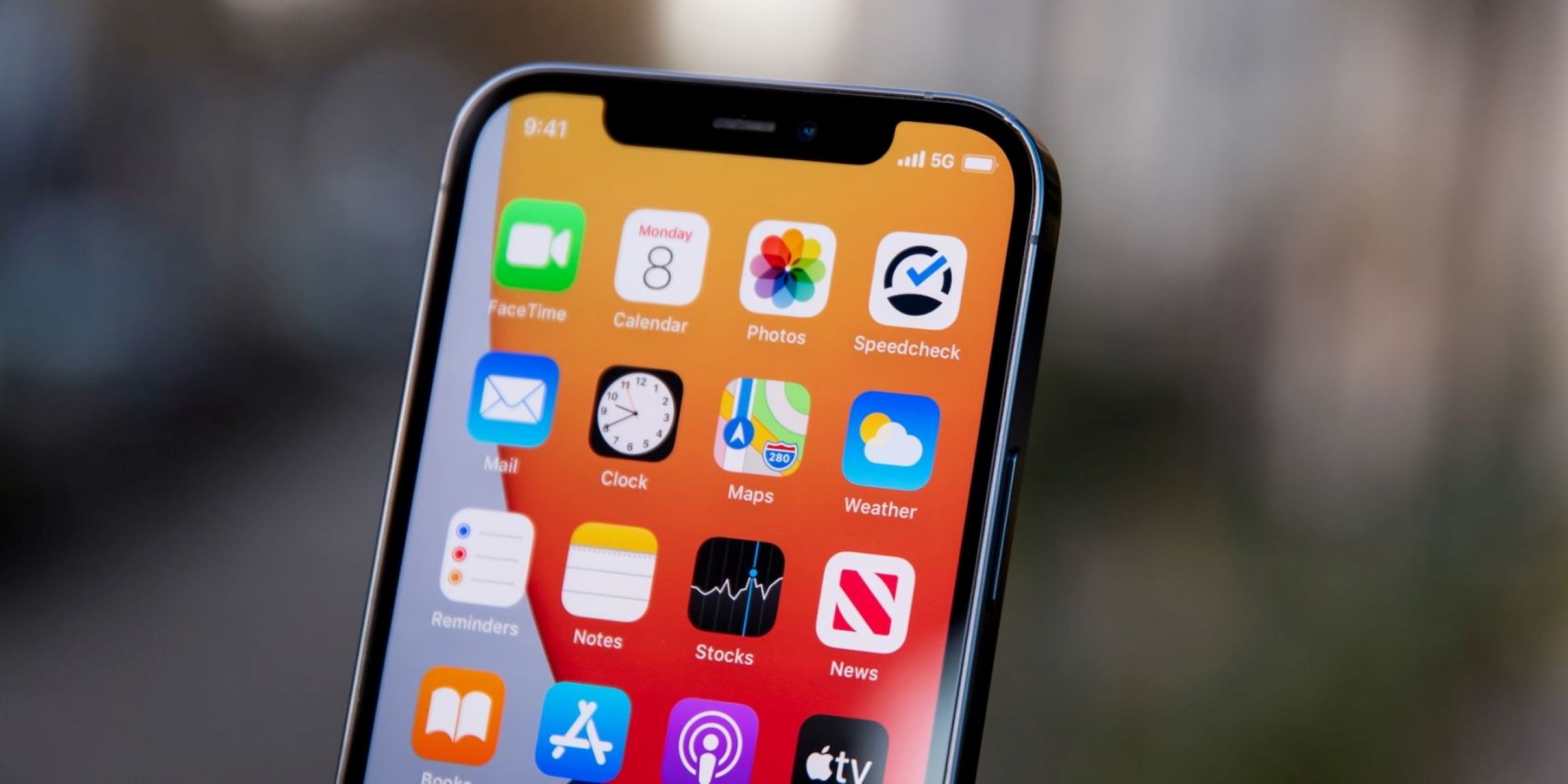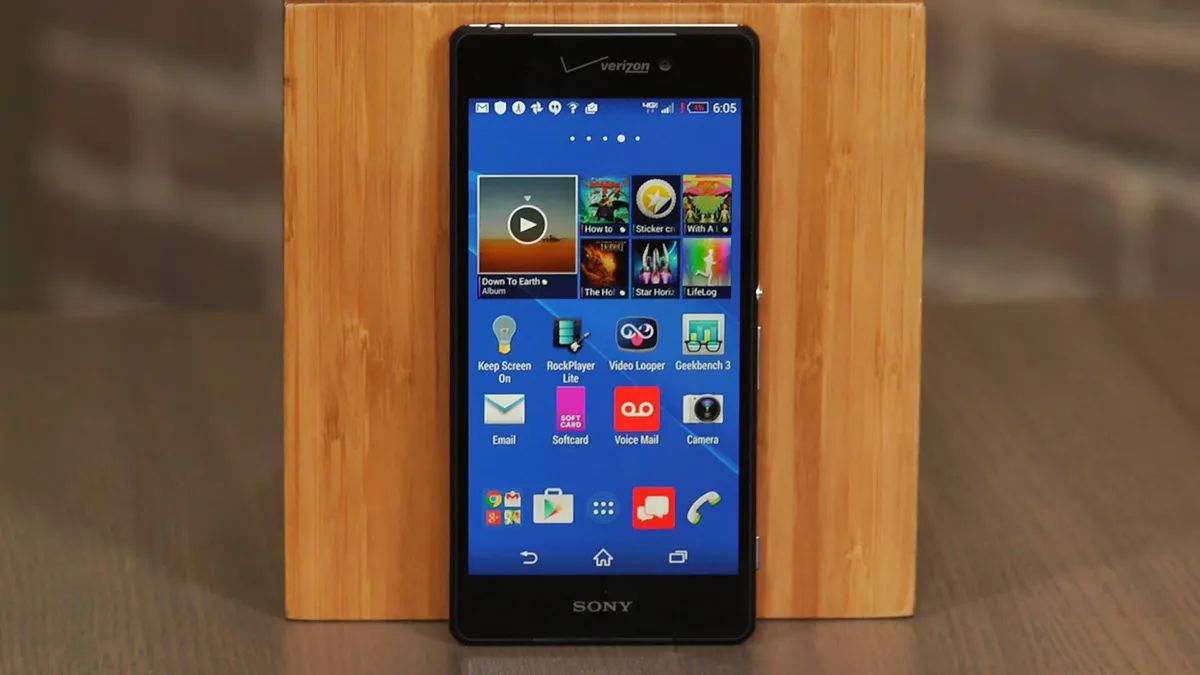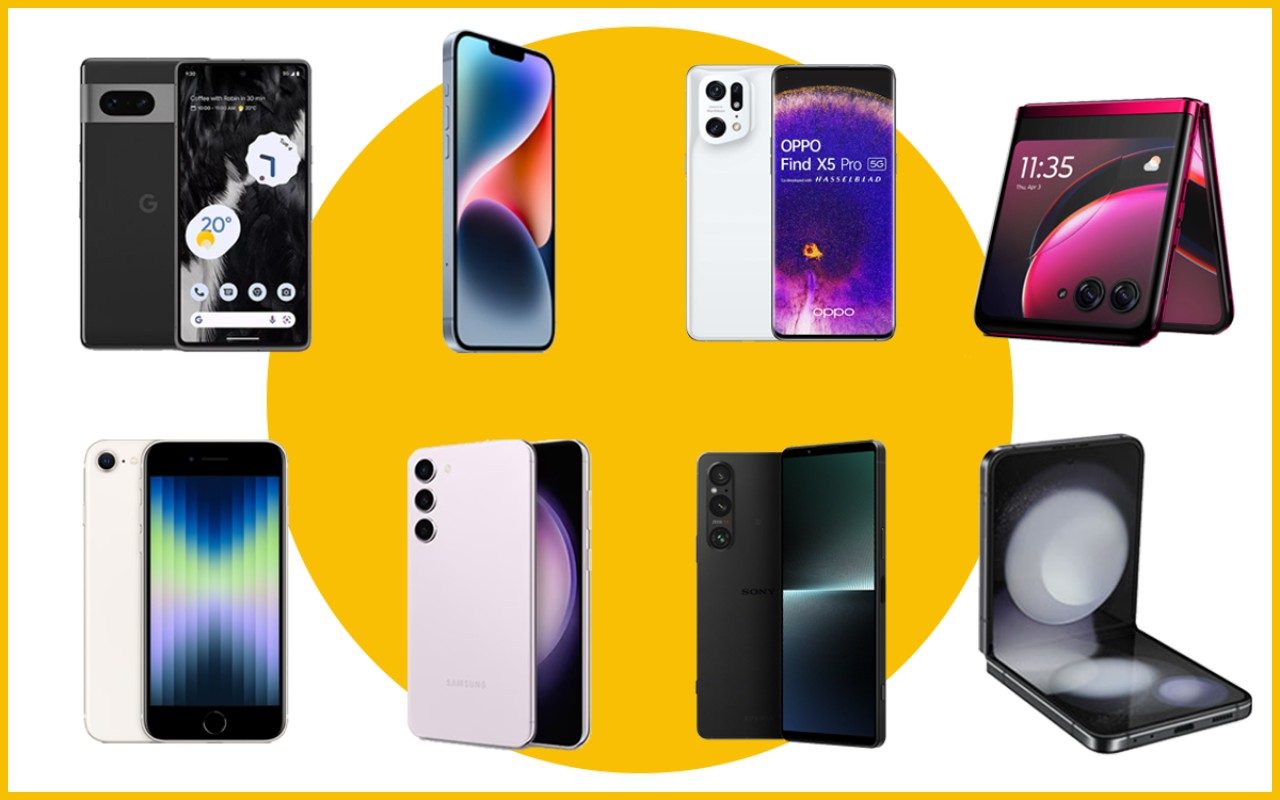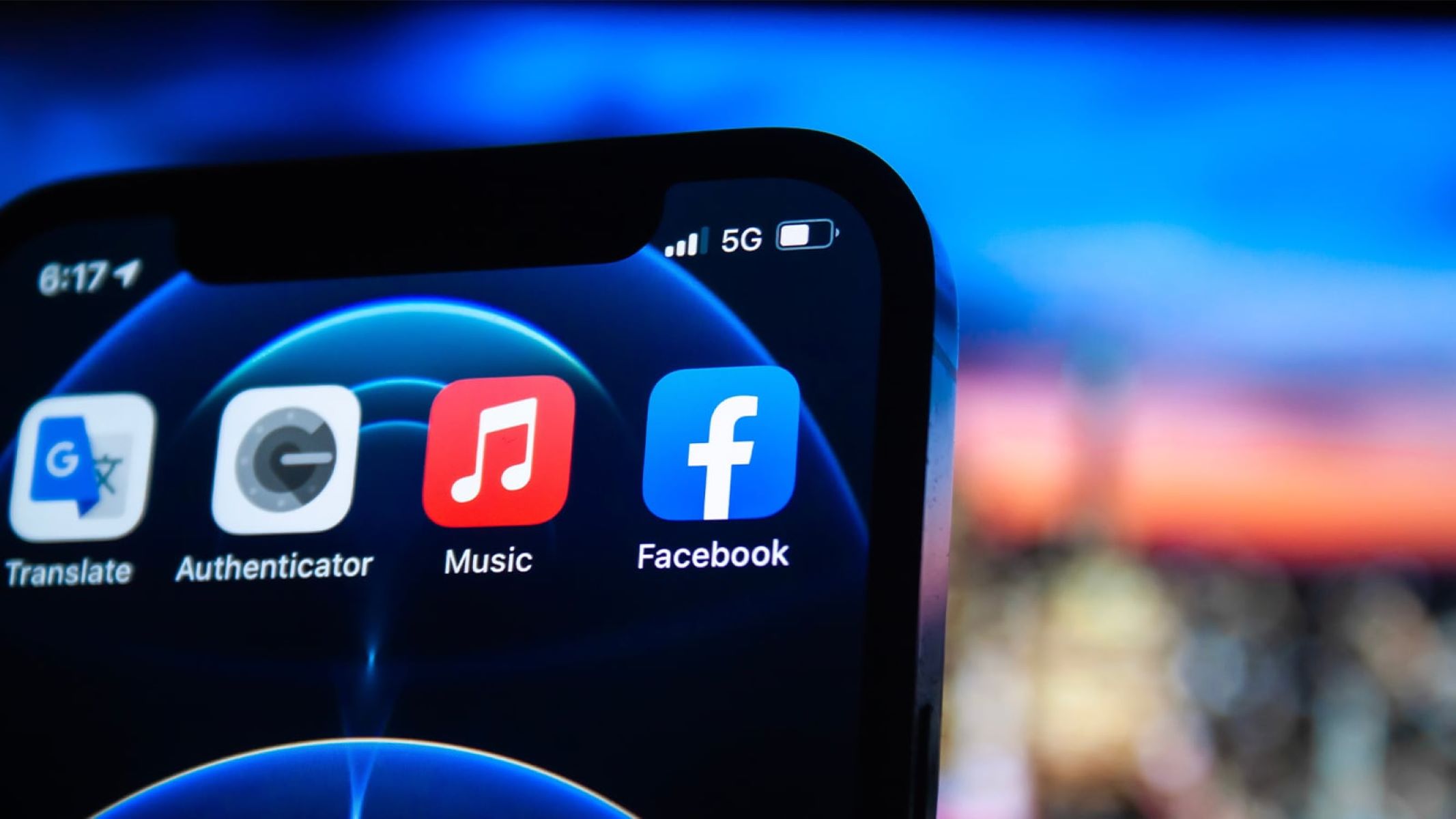What is 5G?
5G, short for fifth generation, is the latest generation of wireless technology. It is designed to offer faster download and upload speeds, lower latency, and increased capacity compared to its predecessor, 4G. With 5G, users can enjoy seamless connectivity and enhanced performance for a wide range of applications, including streaming high-definition videos, downloading large files, and playing online games.
Unlike its predecessors, 5G operates on a higher frequency band, which allows for larger data transfers and faster communication between devices. This technology utilizes advanced infrastructure, including small cell sites and smart antennas, to transmit and receive data in a more efficient manner. With its increased capacity, 5G has the potential to connect a massive number of devices simultaneously, paving the way for the Internet of Things (IoT) and smart cities.
One of the key advantages of 5G is its significantly reduced latency. Latency refers to the delay between the request for data and its receipt. With 5G, latency can be reduced to milliseconds, enabling real-time communication and near-instantaneous responses. This opens up exciting possibilities for applications such as autonomous vehicles, remote surgeries, and immersive virtual reality experiences.
Furthermore, 5G offers improved network reliability and stability. It is designed to handle high traffic volumes without degradation in performance, ensuring a consistent and seamless user experience. This is particularly important in crowded areas or during large-scale events where network congestion often occurs with older wireless technologies.
Overall, 5G technology holds immense potential to transform various industries and revolutionize the way we live and work. It promises faster speeds, lower latency, greater capacity, and improved connectivity, enabling innovations that were previously unimaginable. As 5G continues to be deployed globally, more and more devices, including smartphones, are being equipped with 5G capabilities to take advantage of the next generation of wireless technology.
Understanding the benefits of 5G technology
5G technology offers numerous benefits that are set to revolutionize how we live, work, and communicate. From faster speeds to lower latency, here are some of the key advantages of 5G:
1. Blazing-fast speeds: 5G technology delivers incredibly fast download and upload speeds, surpassing those of its predecessors. This means you can download movies, stream high-definition videos, and upload large files in seconds.
2. Reduced latency: The reduced latency of 5G allows for near-instantaneous communication between devices. This will have a significant impact on applications such as real-time gaming, remote surgeries, and autonomous vehicles, where even the slightest delay can have serious consequences.
3. Enhanced capacity: With 5G, the increased capacity allows for a massive number of devices to connect simultaneously without compromising speed or performance. This supports the growth of the Internet of Things (IoT) and enables seamless communication between smart devices in smart homes and cities.
4. Improved reliability: 5G networks are designed to be highly reliable, even in crowded areas or during peak usage times. This ensures a consistent and uninterrupted user experience, making it ideal for critical applications such as healthcare, emergency services, and financial transactions.
5. Revolutionary applications: 5G technology opens up new possibilities for innovative applications and services. From augmented and virtual reality experiences to connected autonomous vehicles and remote robotics, the low latency and vast capacity of 5G will drive advancements across various industries.
6. Expanded connectivity: 5G aims to bridge the digital divide by bringing high-speed internet access to remote and underserved areas. This will enable more people to connect to the digital world, empowering communities and facilitating socio-economic growth.
As 5G continues to evolve and expand, it will unlock unprecedented opportunities for businesses, individuals, and society as a whole. From accelerating technological advancements to transforming industries, the benefits of 5G technology are undeniably transformative. Embracing this new era of connectivity will undoubtedly shape the way we interact, innovate, and thrive in the future.
How to check if your iPhone is 5G compatible
If you’re wondering whether your iPhone is 5G compatible, here are a few methods to help you determine its compatibility:
1. Checking the model number of your iPhone: The easiest way to check if your iPhone is 5G compatible is by looking up its model number. You can find the model number in the “Settings” app, under “General” and “About.” Visit the Apple website or do a quick internet search to find a list of iPhone models that support 5G. If your model is listed, it means your iPhone is 5G compatible.
2. Using the settings to determine if your iPhone is 5G: Another way to check is by going to the “Settings” app on your iPhone and selecting “Cellular.” Look for the “Cellular Data Options” menu and see if there is an option for 5G. If you find the option, it means your iPhone is 5G compatible. However, keep in mind that this option may only appear if you are in an area with 5G coverage and have a 5G plan with your carrier.
3. Finding out if your carrier supports 5G: Even if your iPhone is 5G compatible, it won’t be able to access 5G networks if your carrier does not offer 5G coverage. Check with your carrier to see if they have rolled out 5G in your area. You can also visit their website or contact customer support for more information on their 5G network availability.
4. Exploring other methods to ascertain if your iPhone is 5G capable: If the above methods are inconclusive, you can explore other options. For instance, you can contact Apple support for assistance or visit an Apple Store to have your iPhone checked by a certified technician. They can provide you with accurate information about your iPhone’s compatibility with 5G networks.
Remember, if your iPhone is not 5G compatible, it doesn’t mean that you won’t be able to use it. You can still use your iPhone with 4G or 3G networks, depending on the capabilities of your device and your carrier’s coverage. However, to take full advantage of 5G technology, you will need a 5G compatible iPhone and a carrier that offers 5G coverage in your area.
Checking your iPhone’s compatibility with 5G is essential if you’re considering upgrading to a 5G plan or if you want to leverage the benefits of faster speeds and lower latency that 5G technology provides. By following these methods, you can easily determine if your iPhone supports 5G and make informed decisions about your smartphone and network choices.
Checking the model number of your iPhone
If you want to determine if your iPhone is 5G compatible, one of the simplest ways is to check the model number. Each iPhone model has a unique model number that can indicate whether it supports 5G or not. Here’s how you can check the model number of your iPhone:
1. Open the Settings app: On your iPhone’s home screen, look for the “Settings” app and tap on it to open it.
2. Navigate to the “General” section: Inside the Settings app, scroll down and tap on “General” to access the general settings for your iPhone.
3. Select “About”: In the General settings, you should see an option called “About.” Tap on it to view information about your iPhone.
4. Find the model number: Look for the “Model” or “Model Number” entry on the About page. The model number is a combination of letters and numbers that uniquely identifies your iPhone model.
5. Match the model number: Once you have the model number, search for it on the Apple website or conduct an internet search to find a list of iPhone models that support 5G. If your model number appears on the list, it means your iPhone is 5G compatible.
Keep in mind that different iPhone models have different model number formats, so it may vary from device to device. However, with a quick online search, you can easily find resources that provide comprehensive lists of iPhone models that support 5G.
By checking the model number of your iPhone, you can quickly determine if your device is capable of connecting to 5G networks. This information is vital when considering upgrading to a 5G plan or when wanting to take advantage of the faster speeds and enhanced capabilities that 5G technology offers.
Using the settings to determine if your iPhone is 5G
If you’re unsure whether your iPhone is 5G compatible, you can use the settings on your device to check for 5G capability. Here’s how you can determine if your iPhone supports 5G through the settings:
1. Open the Settings app: Locate the “Settings” app on your iPhone’s home screen and tap on it to open the settings menu.
2. Access the Cellular menu: Scroll down and look for the “Cellular” option within the settings. Tap on it to access the cellular settings menu.
3. Check Cellular Data Options: Once you’re in the Cellular menu, you should see an option labeled “Cellular Data Options.” Tap on it to proceed.
4. Look for 5G options: In the Cellular Data Options menu, check if there is an available option for 5G. It might be labeled “Voice & Data,” “Data Mode,” or a similar term. If you find this option, it means that your iPhone is 5G compatible and can connect to 5G networks.
5. Note: Availability may vary: It’s important to note that the 5G option may only be visible if you are in an area with 5G coverage and have a 5G plan with your carrier. If you don’t see the 5G option, it doesn’t necessarily mean that your iPhone doesn’t support 5G. It may indicate that 5G is not available in your area or that you need to upgrade your cellular plan.
By using the settings on your iPhone, you can easily determine if your device is 5G compatible. Remember to check for the 5G option in the Cellular Data Options menu to confirm 5G capability. If the option is available, you can enjoy the faster speeds, lower latency, and enhanced performance that 5G technology offers. However, ensure that you have 5G coverage in your area and a suitable cellular plan to make the most of your 5G-enabled iPhone.
Finding out if your carrier supports 5G
Determining if your carrier supports 5G is crucial when checking if your iPhone can access 5G networks. Here are some methods to find out if your carrier offers 5G coverage:
1. Visit carrier’s website: Head to your carrier’s official website and search for information about 5G coverage. Most carriers have dedicated webpages or sections that provide details on their 5G network rollout. Look for coverage maps or availability search tools that allow you to enter your location and check if they offer 5G in your area.
2. Contact customer support: Reach out to your carrier’s customer support to inquire about 5G coverage. They can provide information specific to your location and answer any questions you have about their 5G network. Contact options typically include phone, live chat, or email support.
3. Check carrier’s social media and forums: Stay updated with your carrier’s social media channels or check their official forums for announcements regarding 5G rollout. Carriers often share updates on social media and engage with customers to address their queries. You can also join online communities or forums related to your carrier to get insights from other users about 5G availability.
4. Use carrier’s coverage apps or tools: Some carriers provide dedicated coverage apps or tools that allow you to check network coverage, including 5G, in your area. Download your carrier’s official app or visit their website to see if they offer such a tool. These tools can provide real-time information on 5G availability based on your location.
Remember, even if your iPhone is 5G compatible, you won’t be able to use 5G if your carrier does not provide 5G coverage in your area. Therefore, it’s essential to confirm if your carrier offers 5G before making any decisions regarding a 5G plan or device upgrade.
By conducting thorough research and reaching out to your carrier, you can find out if they support 5G and determine if you’ll be able to take advantage of the benefits that 5G technology offers. Keep in mind that 5G coverage may vary depending on your location, so it’s essential to check for coverage in your specific area.
Exploring other methods to ascertain if your iPhone is 5G capable
If you’re still unsure about your iPhone’s 5G capability after checking the model number and settings, there are additional methods you can explore to determine if your device is 5G capable:
1. Contact Apple support: If you’re unable to find information about your iPhone’s 5G compatibility, you can reach out to Apple support for assistance. Apple’s customer support team can provide accurate information based on your specific iPhone model and help clarify any doubts or questions you may have regarding 5G compatibility.
2. Visit an Apple Store: Another option is to visit an authorized Apple Store or an Apple Service Center. Apple’s knowledgeable staff can assist you in checking your iPhone’s 5G compatibility and provide detailed information about the capabilities of your device. They can also suggest any necessary updates or upgrades if your device doesn’t support 5G.
3. Check with a certified technician: If you prefer a professional opinion, you can consult with a certified technician who specializes in mobile devices. They have the expertise and tools to determine your iPhone’s 5G capability accurately. Local repair shops or mobile service centers may offer this service, allowing you to get a definitive answer about your iPhone’s 5G compatibility.
It’s important to remember that technology is constantly evolving, and new updates and advancements are regularly introduced. If your current iPhone model doesn’t support 5G, it doesn’t mean you won’t be able to enjoy future updates or upgrades that might include 5G capability. Stay updated with the latest iPhone releases to know if newer models support 5G.
Taking the time to explore these alternative methods will help you determine if your iPhone is 5G capable and unlock the potential for faster speeds, low latency, and improved connectivity. By seeking out expert advice and utilizing the resources available, you can make informed decisions about your device and the connectivity options that best suit your needs.
Frequently asked questions about iPhones and 5G technology
Here are some common questions that arise when it comes to iPhones and 5G technology:
1. Will all iPhone models support 5G?
No, not all iPhone models support 5G. 5G compatibility depends on the specific iPhone model. Newer iPhone models introduced after the iPhone 11 series are more likely to have 5G capabilities.
2. Can I upgrade my current iPhone to support 5G?
Unfortunately, it is not possible to upgrade an existing iPhone to support 5G. 5G capability is a hardware feature that requires specific components that are only available in devices designed to support 5G.
3. Will my iPhone automatically connect to a 5G network when available?
Yes, if your iPhone is capable of connecting to 5G networks and you have the necessary 5G plan with your carrier, your iPhone will automatically connect to a 5G network when available and compatible with your carrier’s network.
4. Can I use 5G on my iPhone if my carrier doesn’t offer 5G coverage?
No, even if your iPhone is 5G compatible, you will not be able to use 5G if your carrier does not offer 5G coverage in your area. You need to have a carrier that supports 5G and provides coverage in your location.
5. Will I notice a significant difference in performance when using 5G on my iPhone?
Yes, 5G technology offers faster download and upload speeds, lower latency, and increased capacity compared to previous generations. You can expect a noticeable improvement in performance when using 5G on your iPhone, especially for bandwidth-intensive activities like streaming high-definition videos or playing online games.
6. Can I use 5G on my iPhone without a 5G plan?
No, even if your iPhone is 5G compatible, you need to have a 5G plan with your carrier to access 5G networks. Contact your carrier to inquire about available 5G plans and pricing.
7. Does using 5G drain the iPhone’s battery faster?
While 5G networks can be more demanding on battery life due to increased data consumption, newer iPhone models are designed to optimize power usage while on 5G. However, it’s possible that using 5G extensively may have a slight impact on battery life compared to using 4G or other lower speed networks.
8. What are the benefits of using 5G on my iPhone?
Using 5G on your iPhone offers faster download and upload speeds, lower latency, enhanced network reliability, and increased capacity. These benefits enable seamless streaming, quicker downloads, improved video call quality, and a better overall user experience for various internet-connected activities.
As 5G technology continues to expand, more questions may arise about its compatibility with iPhones and the available features. It’s always a good idea to stay informed about the latest advancements, consult with experts, and keep an eye on your carrier’s updates to make the most of 5G technology on your iPhone.
Conclusion
In conclusion, 5G technology is revolutionizing the way we connect and communicate, providing faster speeds, lower latency, and enhanced capacity. With the increasing availability of 5G networks, it’s important to determine if your iPhone is 5G capable to take full advantage of these benefits.
You can check if your iPhone is 5G compatible by checking the model number, using the settings to determine 5G capability, and ensuring that your carrier supports 5G. By exploring these methods, you can make informed decisions about your iPhone and network choices.
While not all iPhone models support 5G, newer models are more likely to be 5G compatible. It’s also crucial to confirm if your carrier offers 5G coverage in your area, as 5G availability may vary depending on your location.
5G technology offers numerous advantages, including blazing-fast speeds, reduced latency, enhanced network reliability, and expanded connectivity. With 5G, you can enjoy seamless streaming, quick downloads, improved video call quality, and a better user experience across various applications.
It’s important to note that even if your iPhone doesn’t support 5G, you can still use it with 4G or 3G networks. However, to tap into the full potential of 5G technology, a 5G compatible iPhone and a carrier that offers 5G coverage are necessary.
As technology continues to evolve, it’s recommended to stay updated with the latest iPhone models and carrier offerings to ensure you’re making the most out of your device’s capabilities.
Whether you’re upgrading to a 5G plan or considering a new iPhone, understanding your device’s compatibility with 5G is essential. By doing so, you can enjoy the advantages of faster speeds, lower latency, and improved connectivity that 5G technology offers, enhancing your overall smartphone experience.







